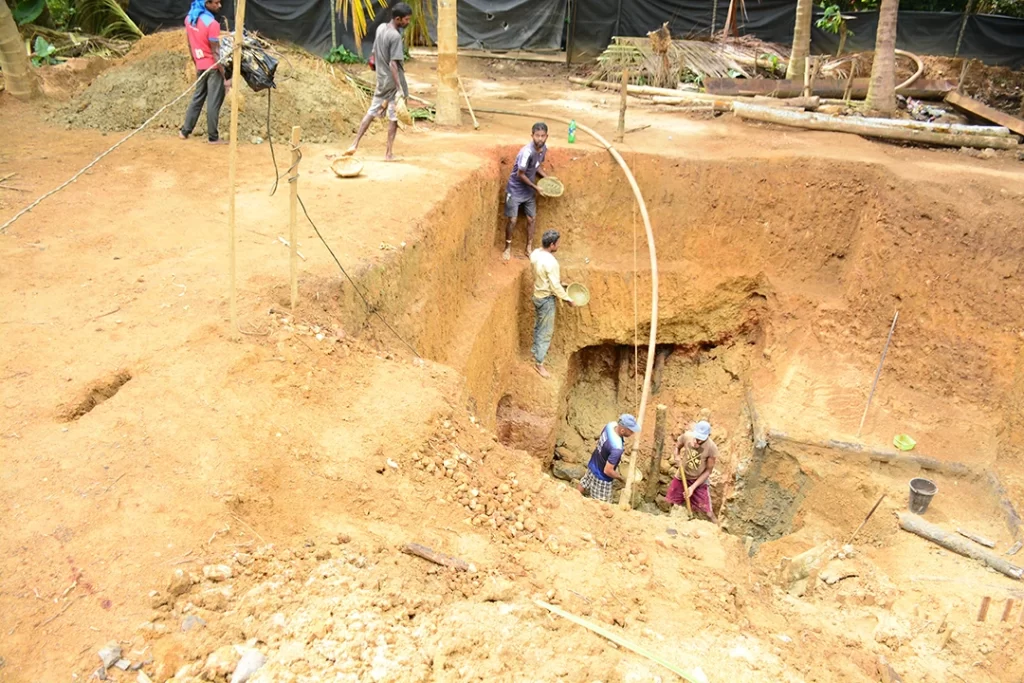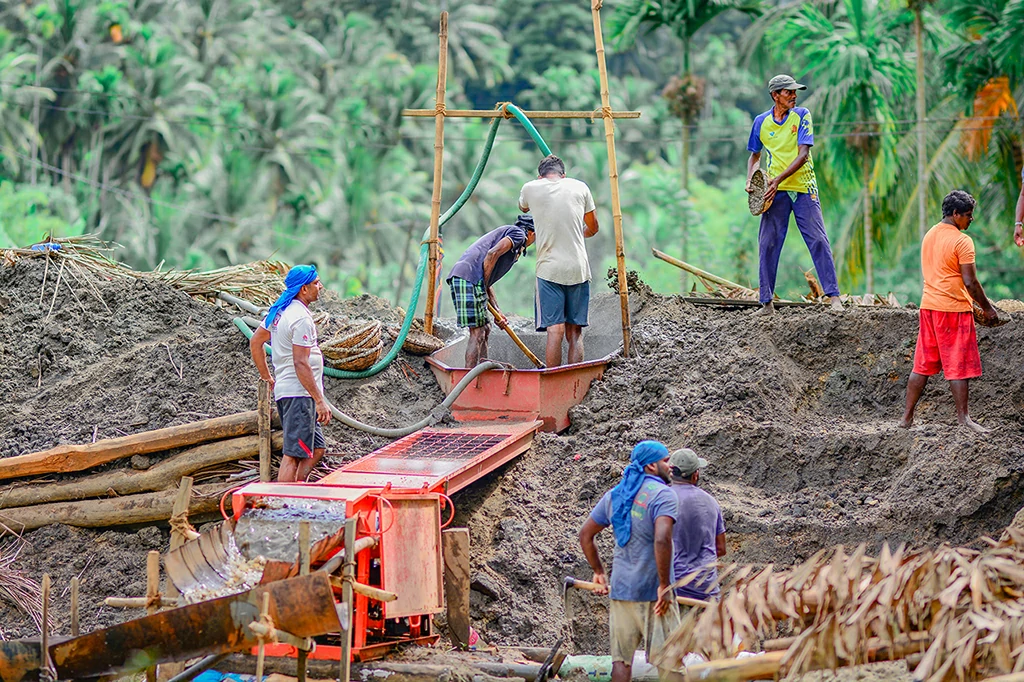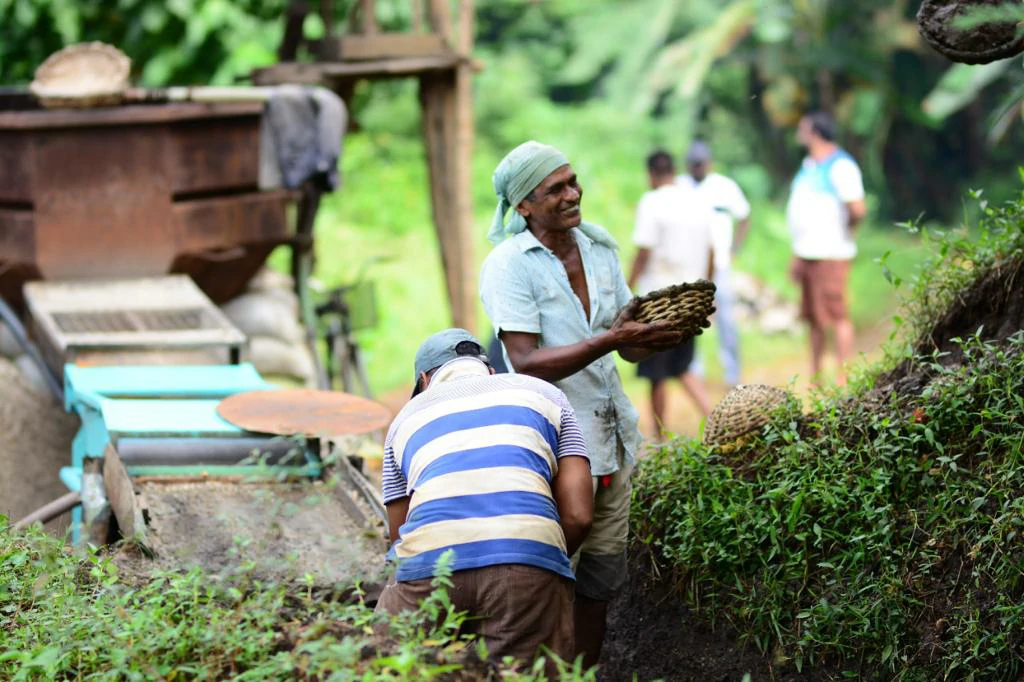The gem mining process and traditional methods in Sri Lanka
Gem mining is an important industry in Sri Lanka, and the country is known for producing some of the world’s finest gemstones, including sapphires, rubies, and spinels. The gemstones are extracted from alluvial deposits in the rivers and streams of the island, using traditional methods that have been passed down for generations. The mining process in Sri Lanka is labor-intensive and involves a combination of hand-digging and panning. The first step in the process is to identify potential mining sites, which are typically located near riverbeds or in areas with high concentrations of gemstones. Once a site has been identified, the miners begin to excavate the soil, using hand tools such as shovels and picks. The excavated soil is then washed using a process known as “panning,” which involves placing the soil in a shallow pan and swirling it in water to separate the heavier gemstones from the lighter soil particles. This process is repeated several times, with the miners carefully inspecting the contents of the pan each time to ensure that they are not losing any valuable gemstones. Once the gemstones have been separated from the soil, they are carefully inspected for quality and sorted by size, colour, and clarity. The gems are then sent to a cutting and polishing facility, where they are cut and shaped into the desired shape and size. This process is often done using traditional methods, with the gemstones cut and polished by hand using simple tools such as grinding wheels and polishing wheels. After the gemstones have been cut and polished, they are sent to market for sale. Sri Lanka has a well-established gemstone market, with many buyers and sellers operating in the city of Colombo. The gemstones are typically sold through auctions or private sales, with prices determined by the quality, size, and rarity of the stones. Gem mining is an important industry in Sri Lanka, and it provides employment for thousands of people. However, the mining process can be dangerous, with miners working in difficult conditions and facing the risk of injury or death. There are also concerns about environmental impact, with mining activities potentially causing soil erosion and water pollution. To address these concerns, the Sri Lankan government has implemented regulations and guidelines to ensure that gem mining is conducted in a safe and sustainable manner. These regulations cover areas such as worker safety, environmental protection, and the proper disposal of waste materials. In conclusion, gem mining is a crucial industry in Sri Lanka, and the country’s high-quality gemstones are highly valued around the world. The mining process is labor-intensive and involves traditional methods such as hand-digging and panning. While there are risks associated with gem mining, efforts are being made to ensure that the industry is conducted in a safe and sustainable manner.
The gem mining process and traditional methods in Sri Lanka Read More »






